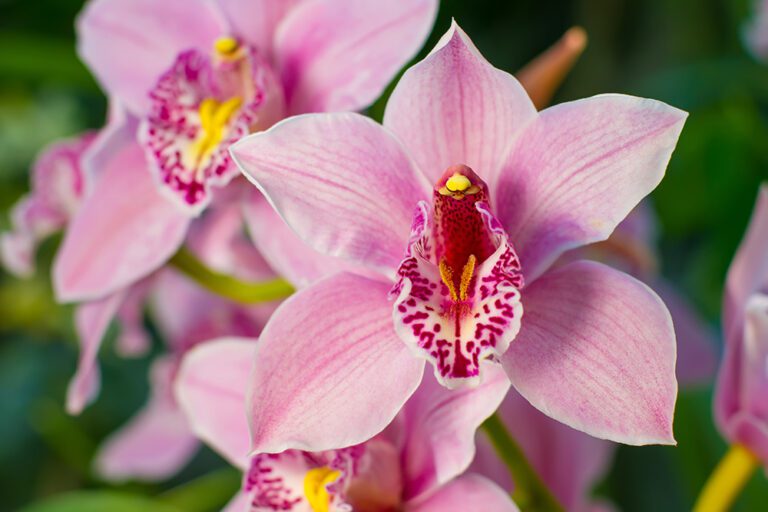
- Mon - Sat: 9AM-6PM & Sun: 9AM-5PM
- 1440 Kearney Street, Denver CO 80220
Brassia orchids have spidery flowers, which are most unusual and make an attractive showing despite their lack of richness of color. The sepals and petals are attenuated, giving the appearance of spider legs, and the lip is indeed shaped like the body of a spider. There are about 30 species, and all are easy to grow with a mixed collection of orchids. They require abundant water during the growing season and must never be allowed to dry out.
Brassia will grow well under normal house conditions of 62-64 degrees at night and 68-80 degrees in the daytime.
We recommend a half-strength solution of 30-10-10 fertilizer with each watering during the growing season (spring and summer). This can be reduced to once every second or third watering in fall and winter.
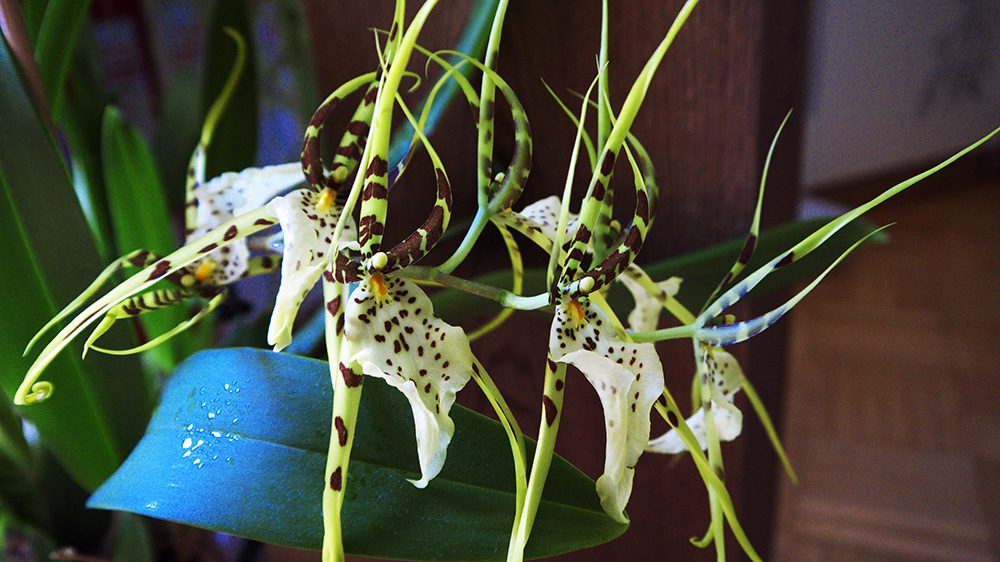
If your Brassia is potted in one of the bark mixes, we generally recommend repotting once a year. If the potting material is still firm and the plant not overgrown after one year, you may hold off potting for an additional year. The best time to repot is when the new growth appears, usually right after blooming.

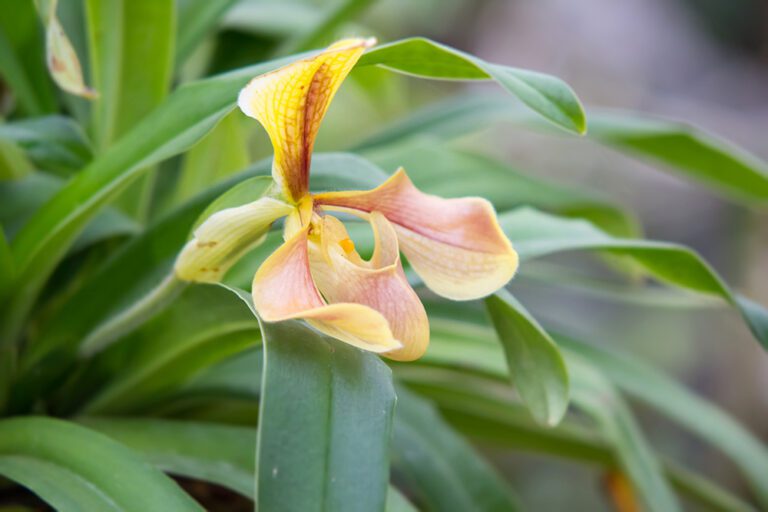
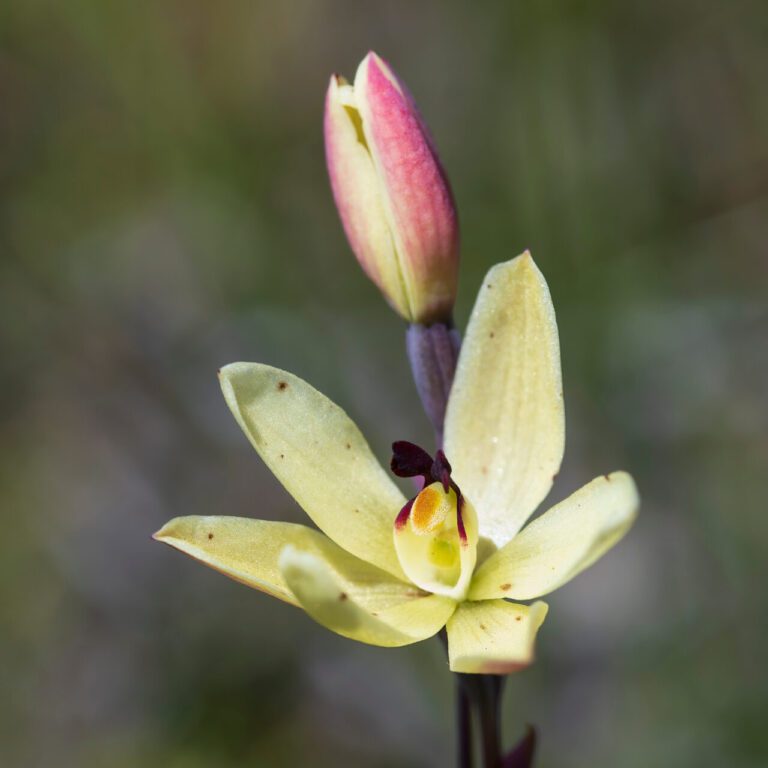
Hydrangeas do well in partially shaded areas like under a large tree or on the side of a house. They like to receive sun in the morning, and the partial shade is in the heat of the afternoon. In Colorado, too much full sun will cause them to get sunburned.
Hydrangea shrubs need to have well-draining soils that is rich in organic matter. Most Colorado soils will benefit from the addition of peat moss and compost that helps retain moisture. The pH determines the colors of the blooms. Acidic soil will give you blue flowers, and alkaline soil gives you pink flowers.
If hydrangea shrubs are given too much high-nitrogen fertilizer, they may grow full and lush, but there will be fewer flowers. If the soil is rich, fertilizer is not needed. Otherwise, a light application in March or April may be warranted.
Make sure to water your hydrangea shrubs regularly. Those big blooms require a lot of water to stay lush and full. About one inch of water throughout the week is ideal. If they receive more sun give them at least two inches during the hotter summer days.
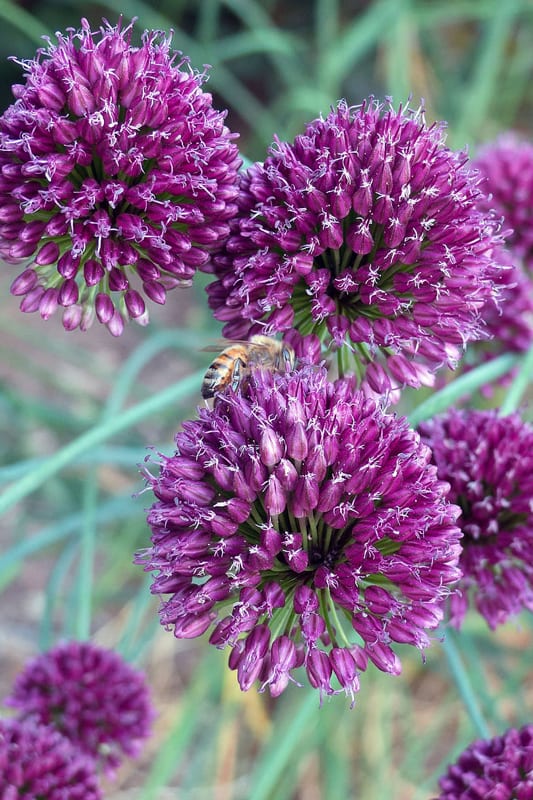
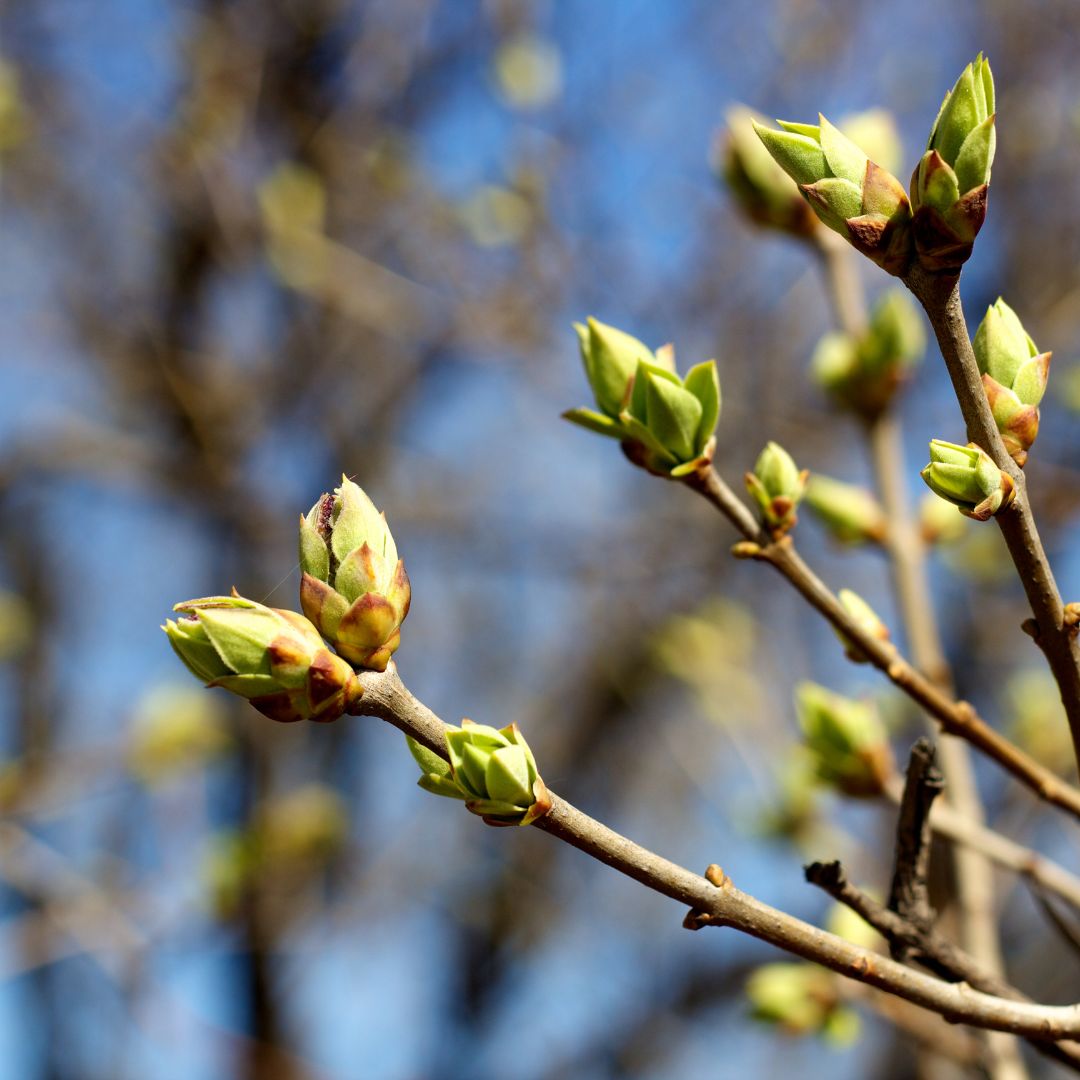
April is here! There are signs of spring popping up everywhere you look. Early bulbs have emerged, trees are showing new buds, and perennials are

Spring is here and you know what that means. The 2024 gardening season is about to be in full swing here in our Colorado climate!

It’s nearly spring and we hear you! You’re ready for warm weather and colorful landscapes. Those early spring blooms are a bright, wonderful sign of

It’s a new calendar year and that means it’s time to dive into the new houseplant trends for 2024! There are some exciting new things